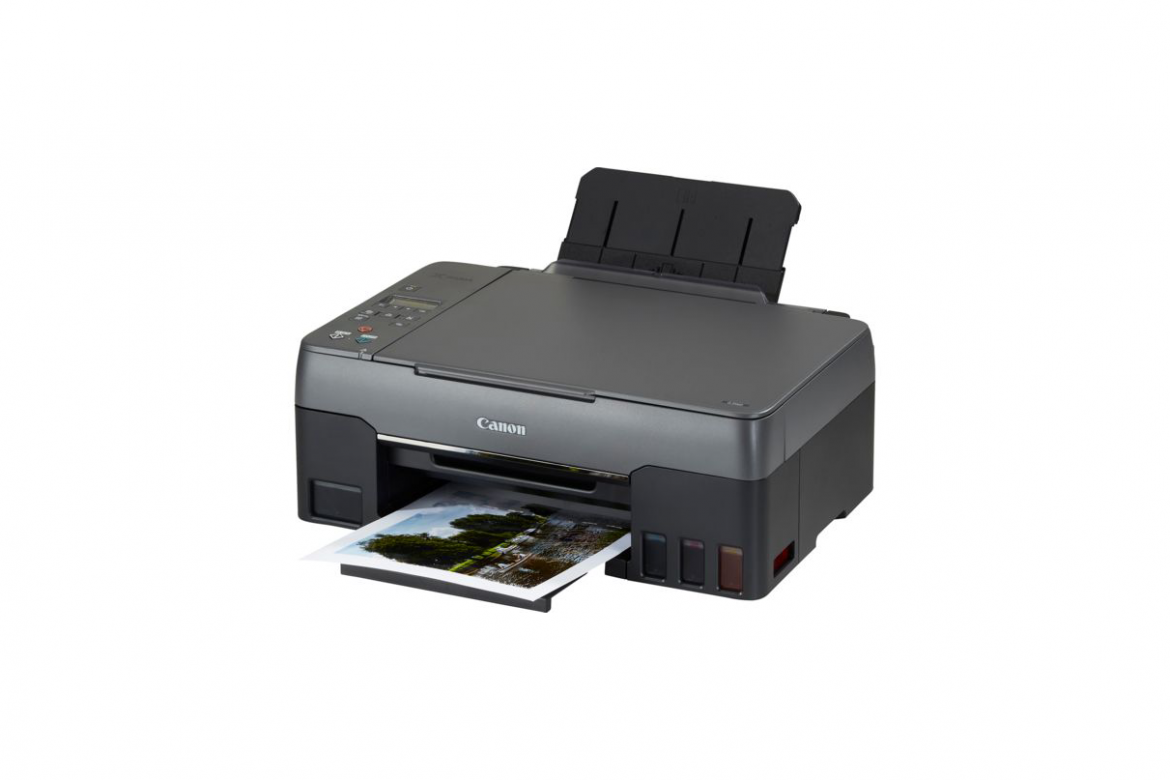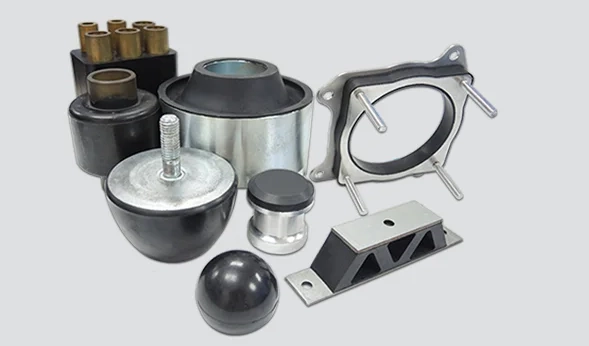Laser printers have revolutionized the printing industry with their speed, precision, and high-quality output. However, despite their numerous advantages, there is one significant disadvantage that often goes unnoticed - the environmental impact. In this article, we will delve into the environmental drawbacks of laser printers and explore the implications of their usage.
- Toner Cartridge Waste:
One of the primary environmental concerns associated with laser printers is the generation of toner cartridge waste. Laser printers utilize toner cartridges that contain a fine powder composed of plastic particles, pigments, and other chemicals. When the cartridge is empty, it becomes electronic waste, which poses a challenge for proper disposal and recycling. The accumulation of discarded toner cartridges contributes to landfill pollution and increases the demand for raw materials used in their production. - Energy Consumption:
Laser printers are notorious for their high energy consumption. Unlike inkjet printers that only require energy during the printing process, laser printers consume power continuously, even when idle. The complex mechanisms involved in the laser printing process, including the heating and fusing of toner particles onto paper, demand a significant amount of electricity. This excessive energy usage not only contributes to carbon emissions but also adds to the overall energy burden on the environment. - Ozone Emissions:
Another disadvantage of laser printers is the emission of ozone gas during the printing process. Ozone is a harmful air pollutant that can cause respiratory issues and exacerbate existing health conditions. While modern laser printers are equipped with filters to minimize ozone emissions, prolonged exposure to these gases in poorly ventilated areas can still pose health risks. Additionally, the production of ozone requires energy, further contributing to the environmental impact of laser printers. - Limited Print Media Compatibility:
Laser printers are designed to work optimally with specific types of paper, such as plain or laser-specific paper. Using alternative media, such as recycled or textured paper, can lead to poor print quality and potential damage to the printer. This limitation restricts the use of environmentally friendly paper options and promotes the consumption of non-recyclable paper, further contributing to deforestation and waste.
Conclusion:
While laser printers offer numerous advantages in terms of speed and print quality, it is crucial to consider their environmental impact. The generation of toner cartridge waste, high energy consumption, ozone emissions, and limited print media compatibility are all significant drawbacks that need to be addressed. As technology advances, it is essential for manufacturers and consumers to prioritize sustainability and explore eco-friendly alternatives to mitigate the environmental impact of laser printers.



